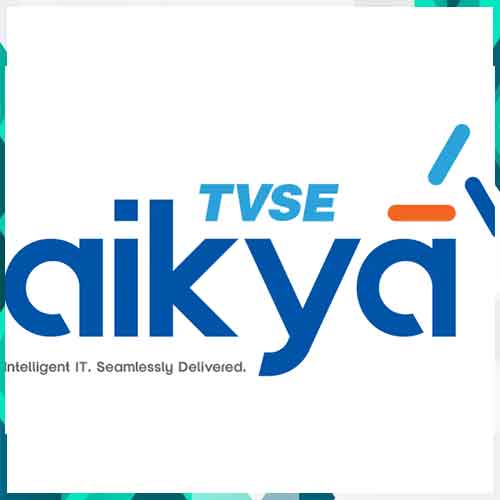
A14 features TSMC’s NanoFlex Pro transistor architecture, which boosts power efficiency, scalability, and design flexibility, making it ideal for AI, smartphones, automotive, and high-performance computing (HPC) applications, advancing next-gen semiconductor technologies
Taiwan Semiconductor Manufacturing Company (TSMC) has announced its latest breakthrough in chip technology with the introduction of the A14 process node at its North America Technology Symposium. Slated for production in 2028, A14 is designed to power the next wave of artificial intelligence (AI) advancements while pushing the boundaries of performance and energy efficiency.
Building on its forthcoming N2 process, A14 represents a leap forward in transistor design and logic density. According to TSMC, the new node will deliver up to 15% higher processing speed at constant power or up to 30% lower power consumption at the same speed compared to N2. The A14 node also boasts more than 20% improvement in logic density, reinforcing TSMC’s leadership in chip innovation.
A key feature of A14 is the evolution of the company’s transistor architecture through NanoFlex Pro, the next generation of its flexible standard cell technology. This upgrade offers enhanced power savings, performance scaling, and design versatility—making it ideal for AI, smartphone, automotive, and high-performance computing (HPC) applications.
“Our customers rely on us to chart a reliable technology roadmap,” said Dr. C.C. Wei, TSMC Chairman and CEO. “A14 is part of our broader effort to enable smarter devices and systems that drive AI transformation and connect the digital and physical worlds.”
Beyond A14, TSMC showcased a comprehensive lineup of innovations across logic, advanced packaging, and 3D integration technologies. These are aimed at strengthening technology platforms across multiple sectors.
Advancing AI and HPC
To meet the growing demands of AI workloads, TSMC is expanding its Chip-on-Wafer-on-Substrate (CoWoS) platform. By 2027, it plans to bring into production an advanced CoWoS variant capable of integrating up to 12 high-bandwidth memory (HBM) stacks alongside cutting-edge logic chips. Additionally, the company unveiled System-on-Wafer X (SoW-X), a next-gen wafer-sized platform promising a 40-fold increase in compute density over today’s CoWoS.
Innovation for smartphones and connectivity
On the mobile front, TSMC is preparing the N4C RF process for early production in 2026. Designed to enhance AI on edge devices, the process enables compact and power-efficient radio frequency integration, supporting technologies such as WiFi 8 and advanced wireless audio.
Automotive and IoT focus
In the automotive space, TSMC’s N3A node is undergoing final qualification for safety-critical applications like autonomous driving. For the Internet of Things (IoT), TSMC’s new N4e process will build on its ultra-low-power N6e platform, offering next-level energy efficiency for battery-powered edge AI devices.
Global momentum
The symposium, attended by over 2,500 industry professionals, served as a launchpad for global engagements. Alongside showcasing its technological roadmap, TSMC featured an “Innovation Zone” to support startups, offering visibility and investor connections.
As TSMC rolls out its new technology platforms, the company continues to position itself at the core of global AI and semiconductor growth, reinforcing its pivotal role in shaping the digital future.
See What’s Next in Tech With the Fast Forward Newsletter
Tweets From @varindiamag
Nothing to see here - yet
When they Tweet, their Tweets will show up here.




























